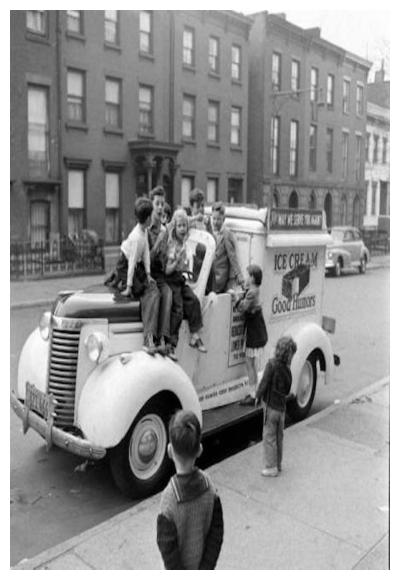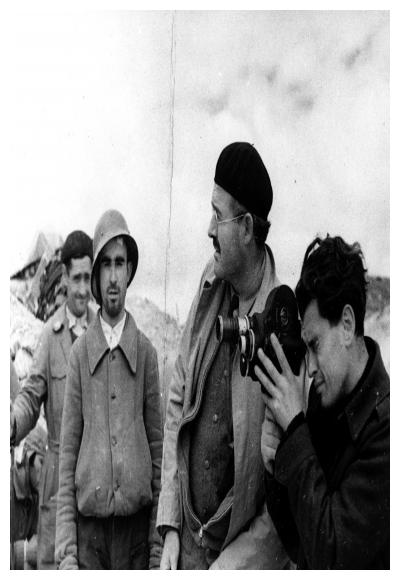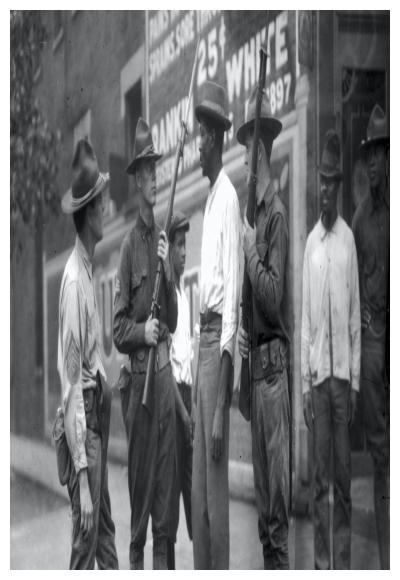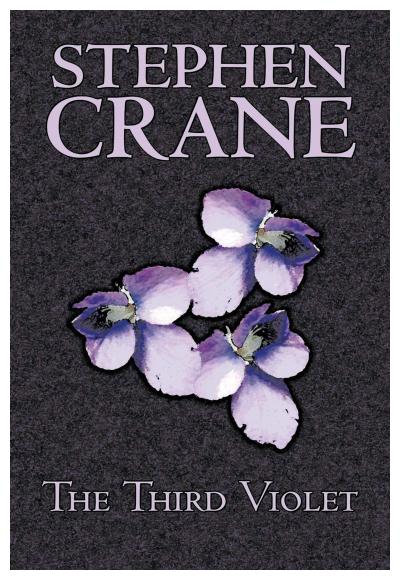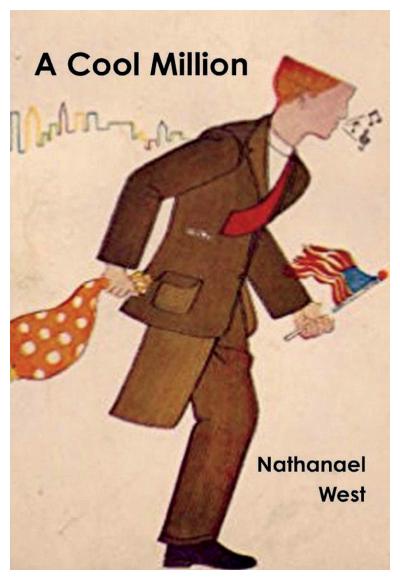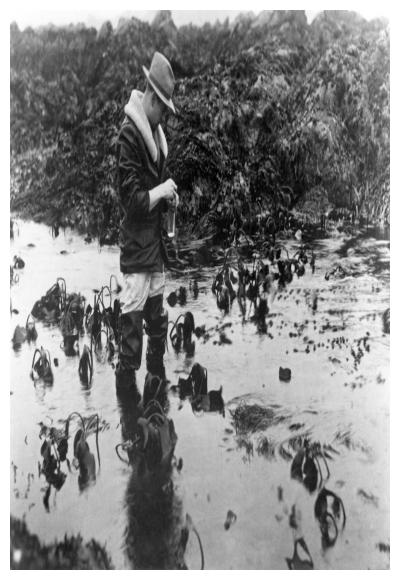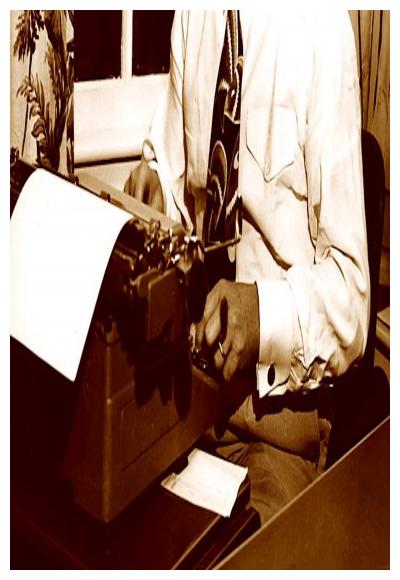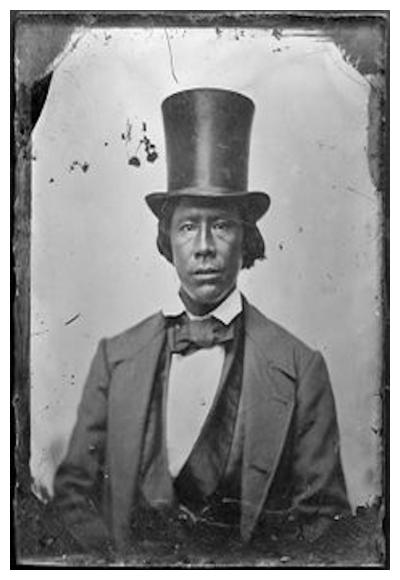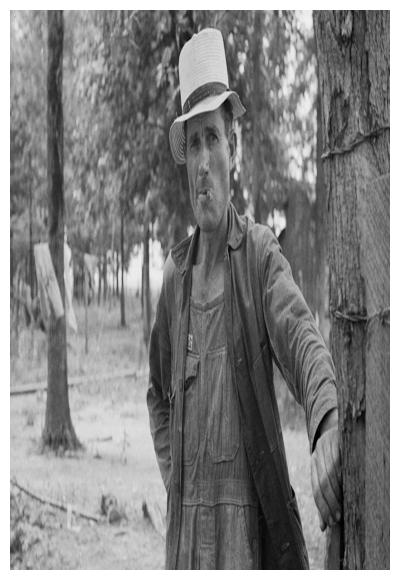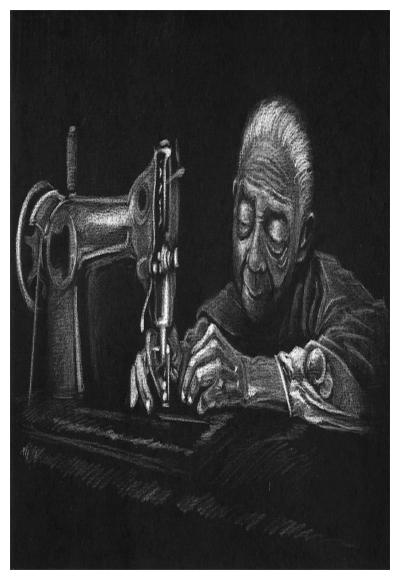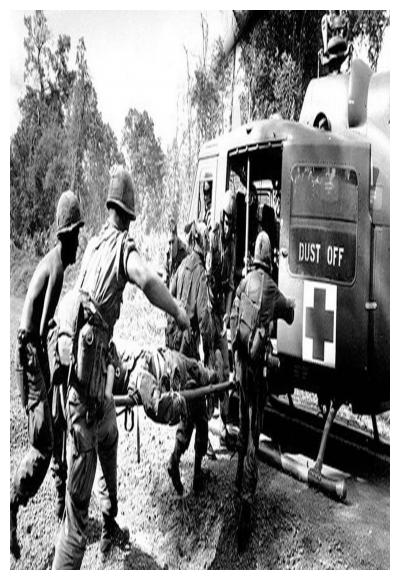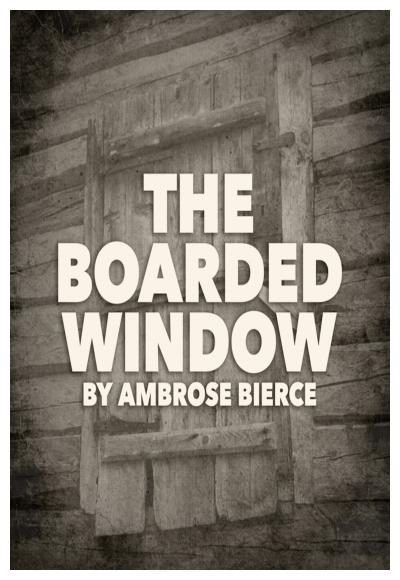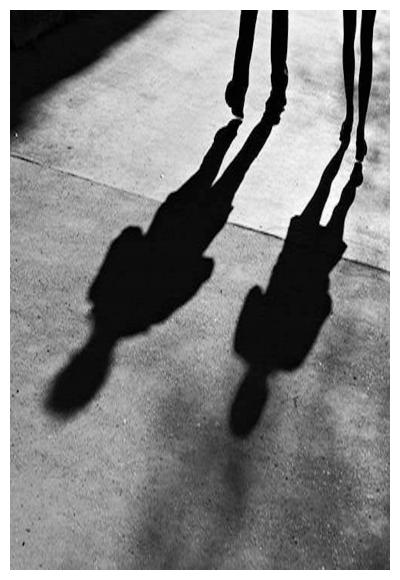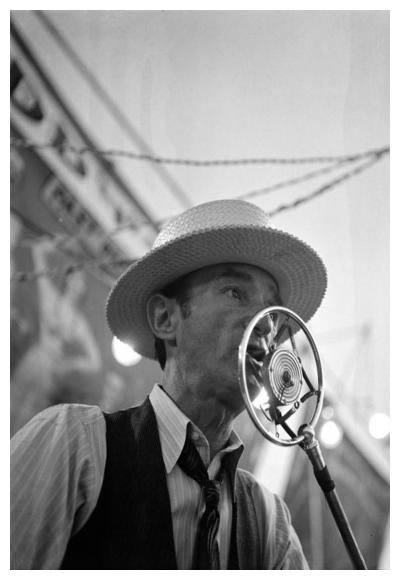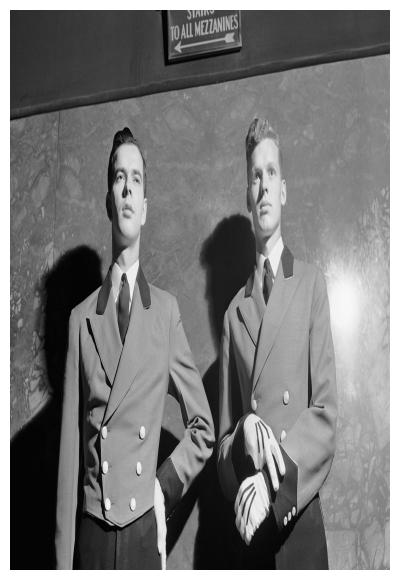
Synopsis/Details
On an early evening in an American city during the 1920s, a young man encounters a young woman sitting on a bench in a park, reading. The man makes veiled advances but the woman rebuffs him, pretends to be from the upper class, and even complains of some dissatisfaction with her life of wealth and leisure. He says he is a cashier at a nearby restaurant, and she says it is possible she could love a man of such lowly station.
Not long thereafter, the woman leaves the young man on the bench, ostensibly to return to her all-white automobile on the corner, where her driver is supposed to be waiting for her. The man follows and secretly watches the woman leave the park, pass the white car, enter a restaurant across the street, and begin her shift as a cashier. Then he takes a look at the young woman’s escapist novel, inadvertently dropped by her on the grass—after which the young man navigates the street corner, steps into the white automobile, gives instructions to his chauffeur, and drives away.
Story & Logistics
Story Type:
Getaway
Story Situation:
Obstacles to love
Story Conclusion:
Surprise Twist
Linear Structure:
Linear
Moral Affections:
Innocence, Intemperance
Cast Size:
Few
Locations:
Single
Characters
Lead Role Ages:
Female Young Adult, Male Young Adult
Hero Type:
Ordinary
Villian Type:
Anti-Villian
Stock Character Types:
Girl next door, Knight-errant
Advanced
Adaption:
Based on Existing Fiction
Subgenre:
Comedy, Drama, Literary Adaption, Romantic, Social-Class
Equality & Diversity:
Female Protagonist
Life Topics:
Quarterlife Crisis
Super Powers:
Physical or mental domination
Time Period:
Age of Oil (after 1901), Interwar period (1918–1939), Machine Age (1880–1945), Roaring Twenties (1920–1929)
Country:
United States of America (USA)
Time of Year:
Spring
Relationship Topics:
Activities, Affinity, Courtship, Emotions and feelings, Endings, Romance, Separation
Writer Style:
James L. Brooks, Julius J. and Phillip G. Epstein, Nora Ephron

